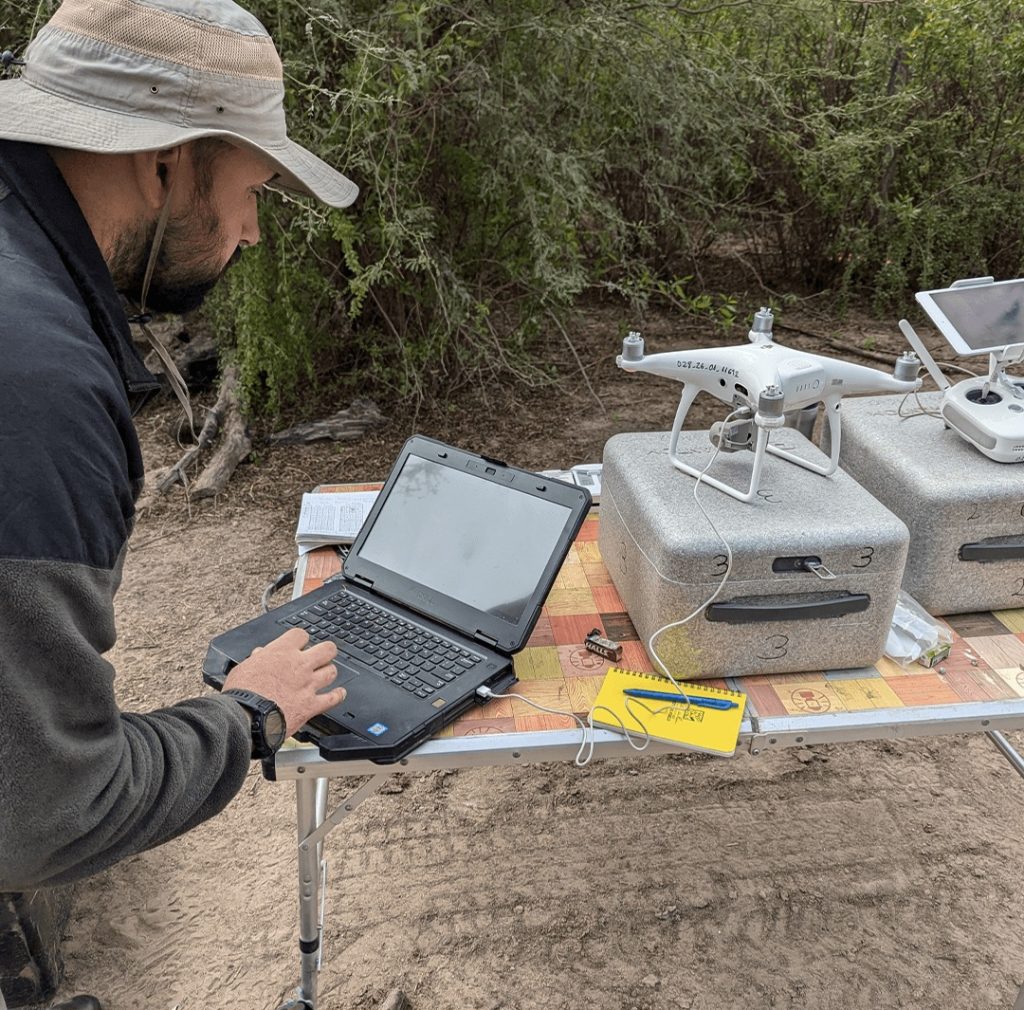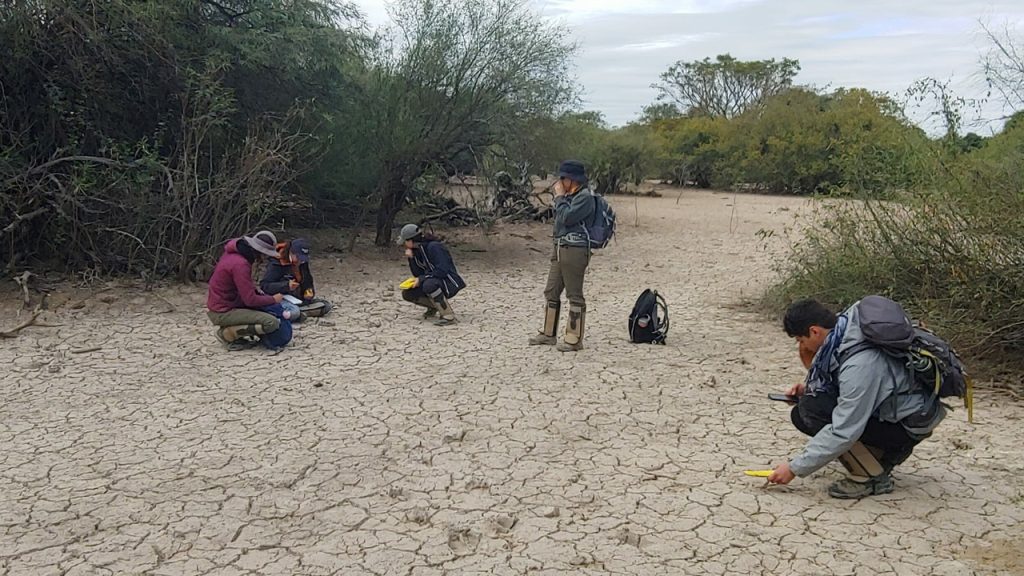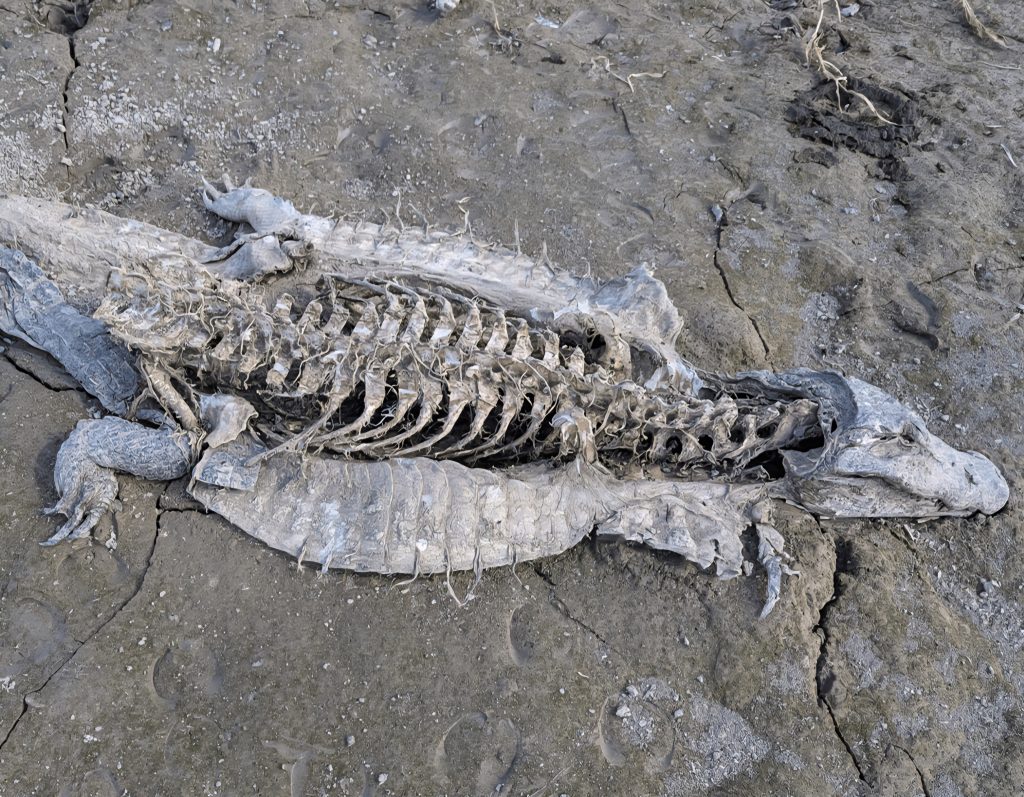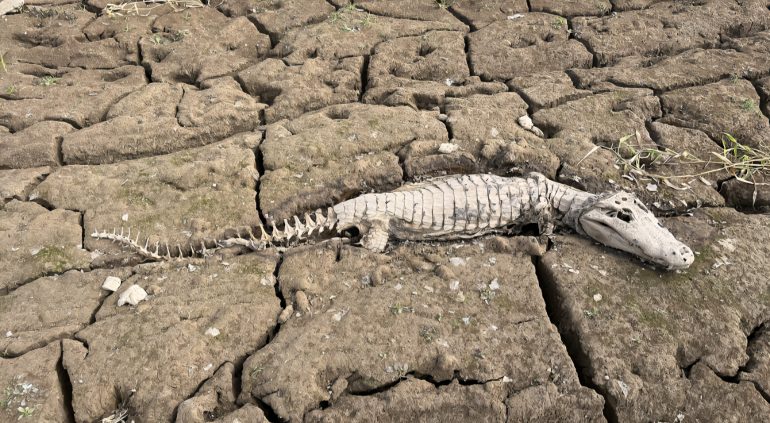An ambitious international expedition returned to the Paraguayan Chaco with the goal of transforming how scientists understand fossils, and how they form on land. The project, titled Future Fossils on Fans, focuses on observing fossilisation as it occurs today, offering unprecedented insight into how ancient organisms were preserved.
By studying the active sedimentary systems along the Pilcomayo River, the team has begun to explain long-standing patterns of fossil preservation that were previously difficult to interpret. These modern environments offer valuable reference points for understanding how ancient species, such as Paratypothorax and Tyrannosaurus rex, may have been fossilised in the past; the Chaco as a living laboratory.
Discoveries, and research methodology
The project is led by Professor Jason Moore, a taphonomy specialist and Chair of the Honours College at the University of New Mexico. The 2025 expedition builds upon three years of fieldwork, which have already resulted in important discoveries. Researchers have identified striking similarities between modern preservation patterns in Paraguay’s floodplains and fossils discovered in Arizona’s Petrified Forest National Park.

A particularly notable finding is the identification of previously undocumented “microvertebrate localities” in modern sediments, zones containing a high concentration of small skeletal elements. The team proposes that actively depositing environments, such as those along the Pilcomayo River, provide more accurate analogues for ancient fossilisation than the erosional settings traditionally studied by palaeontologists.
Scientists closely observe the natural decomposition of animals like caimans and capybaras. They track how their bones moved, exposed, and eventually buried during this process. This research helps them understand how prehistoric creatures, such as Paratypothorax, Placerias, T. rex, and Triceratops, became fossils over millions of years.
A vital component of the research involves “bone walks”, during which researchers systematically search for skeletal remains along transect lines. Each find is photographed, marked with GPS coordinates, and assessed for condition.
These “future fossils” are then revisited annually to monitor their movement, deterioration, and rate of burial. The annual flooding of the Pilcomayo River, which deposits large volumes of sediment rapidly, offers a clear example of how full skeletons could have been buried and preserved, much like many of the fossils found today.


Nurturing the next generation
Research is being conducted by a multidisciplinary team of scientists and students from the University of New Mexico, Paraguay’s Universidad Nacional de Asunción, the Grand Rapids Public Museum, and, for the 2025 field season, the University of Nebraska State Museum and Argentina’s Universidad Nacional de Río Cuarto.
Beyond scientific research, the project is committed to training the next generation of scientists. Six undergraduate students from the University of New Mexico have already participated, with five more scheduled to join during the 2025–2026 field seasons. These students gain first-hand experience in field research, data collection, and international scientific collaboration.
The expedition also places strong emphasis on public outreach. Live-streamed sessions from Paraguay take place throughout July, with ongoing updates shared by the Honours College and the Grand Rapids Public Museum on Instagram.
Additionally, the Grand Rapids Public Museum hosted a virtual public event in July in the Meijer Theatre. During the event, researchers presented their findings, and discuss opportunities in science, technology, engineering, and mathematics (STEM) careers.
The Chaco: a living laboratory
This comprehensive initiative, supported by international partnerships and a formal memorandum of understanding, not only advances the field of taphonomy but also promotes cultural exchange and collaborative research. It positions Paraguay as a rising leader in scientific inquiry by transforming the Chaco into a living laboratory where modern ecosystems provide a direct lens into the formation of fossils.
Ultimately, this global effort demonstrates that the story of the past is still unfolding, written not only in the fossils of ancient creatures, but also in the sediments of today’s living rivers.
Paraguay’s varied and dynamic landscapes are proving invaluable in unlocking the story of Earth’s ancient past. Through international collaboration among researchers, students, and local institutions, the country is contributing vital knowledge to our understanding of how fossils are formed and preserved. Expeditions to the Chaco are an invitation to discover the heart of the Paraguayan wilderness, offering unique opportunities to study living ecosystems that mirror ancient environments.


